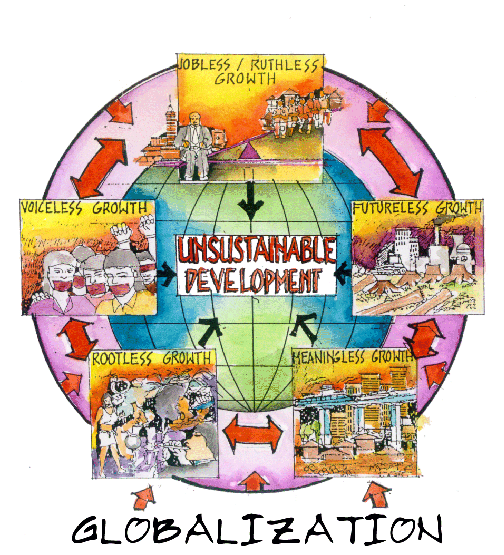

With the Information Age, globalization went into overdrive. It rode the waves of industrialization, colonization, and war through the eighteenth, nineteenth, and twentieth centuries, powered by the invention of factories, railways, steamboats, cars, and planes. The web of globalization continued to spin out through the Age of Revolution, when ideas about liberty, equality, and fraternity spread like fire from America to France to Latin America and beyond. Trade and idea exchange now extended to a previously unconnected part of the world, where ships carrying plants, animals, and Spanish silver between the Old World and the New also carried Christian missionaries.


New ship designs and the creation of the magnetic compass were key to the explorers’ successes. Again, technology played an important role in the maritime trade routes that flourished between old and newly discovered continents. Unquestionably, these types of exchanges were accelerated in the Age of Exploration, when European explorers seeking new sea routes to the spices and silks of Asia bumped into the Americas instead. Along with Chinese silk, Roman glass, and Arabian spices, ideas such as Buddhist beliefs and the secrets of paper-making also spread via these tendrils of trade. Advances in metallurgy led to the creation of coins advances in transportation led to the building of roads connecting the major empires of the day and increased agricultural production meant more food could be trafficked between locales. As with future globalizing booms, new technologies played a key role in the Silk Road trade. and 250 C.E., is perhaps the most well-known early example of exchanging ideas, products, and customs. When did globalization begin? The Silk Road, an ancient network of trade routes across China, Central Asia, and the Mediterranean used between 50 B.C.E. People, money, material goods, ideas, and even disease and devastation have traveled these silken strands, and have done so in greater numbers and with greater speed than ever in the present age. It may be pictured as the threads of an immense spider web formed over millennia, with the number and reach of these threads increasing over time. Globalization also captures in its scope the economic and social changes that have come about as a result. Globalization is a term used to describe how trade and technology have made the world into a more connected and interdependent place.


 0 kommentar(er)
0 kommentar(er)
